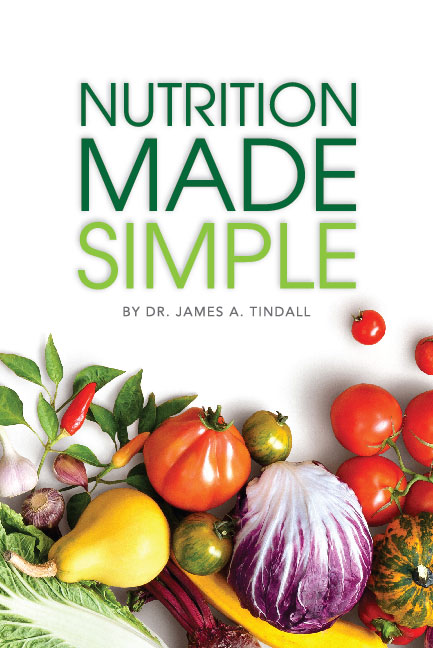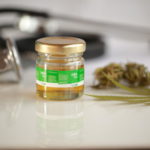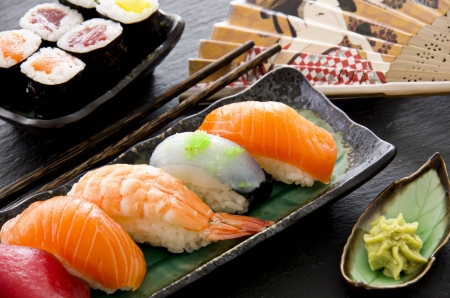Eating healthy foods doesn’t mean losing flavor. You can choose and prepare low-fat foods that you and/or your family will enjoy. Follow these suggestions:
Bread, Cereal, Rice and Pasta (Think Brown, i.e., whole grain)
Eat 2-4 servings of grain products a day.
Whole-grains and whole grain breads are low in fat; they’re also high in fiber and complex carbohydrates. Choose these breads for sandwiches and as additions to meals.
Avoid white bread, white rice, pasta, sweets, rich bakery foods such as donuts, sweet rolls and muffins. These foods can contain more than 50% fat calories. Snacks such as angel food cake and gingersnap cookies can satisfy your sweet tooth without adding fat to your diet.
Hot and cold cereals are usually low in fat. But granola cereals may have high-fat oils and extra sugars. Instant cereals with cream may also have high-fat oils or butterfat.
Avoid fried snacks such as potato chips and tortilla chips. Try the low-fat or baked versions.
Vegetables and Fruits
Eat at least 2-3 servings fruits per day and an abundance of vegetables.
Fruits and vegetables are naturally low in fat, and they add flavor and variety to your diet. They also contain fiber, vitamins and minerals.
Margarine, butter, mayonnaise and sour cream add fat to vegetables and fruits. For a lower fat diet, you can use herbs and yogurt as seasonings instead.
Red Meat
Use Sparingly
Beef, Pork, Veal and Lamb
Baking, broiling and roasting are the healthiest ways to prepare meat. Lean cuts can be pan -broiled or stir-fried. Use either a nonstick pan or nonstick spray coating.
Trim outside fat before cooking. Trim any inside, separable fat before eating. Select low-fat, lean cuts of meat. Lean beef and veal cuts have the word “loin” or “round” in their names. Lean pork cuts have the word “loin” or “leg” in their names.
Advertisement: Amazon (click on photo for more info)

Use herbs, spices, fresh vegetables and nonfat marinades to season meat. Avoid high-fat sauces and gravies.
All red meats should be used sparingly.
Poultry, Fish, Eggs
Eat 0-3 servings of meat or meat alternatives a day.
Baking, broiling and roasting are the healthiest ways to prepare poultry. Skinless poultry can be pan-broiled or stir-fried. Use either a nonstick pan or nonstick spray coating.
Remove skin and visible fat before cooking. Choose low-fat breast cuts. Chicken breasts are a good choice because they are low in fat. Use domestic goose and duck only once in a while because both are high in fat.
Fish
Poaching, steaming, baking and broiling are the healthiest ways to prepare fish. Fresh fish should have firm, springy flesh, a clear color, a moist look and a clean smell. If good-quality fresh fish isn’t available, buy frozen fish.
Most seafood is low in saturated fat. Omega-3 fatty acids, found in some fatty fish, such as salmon and cold water trout, may help lower the risk of heart disease in some people.
Nuts & Legumes – Cross-Over Foods
Dry beans, peas, lentils, and nuts offer protein and fiber without the cholesterol and animal fat that meats have. Once in a while, try substituting beans for meat in a favorite recipe, such as lasagna or chili.
TVP, or textured vegetable protein, is widely available in many foods. Vegetarian hot dogs, “hamburger” and “chicken nuggets” are low-fat, cholesterol-free alternatives to meat.
Nuts make a great snack that will not spike the bodys insulin level and thus, if not over-eaten, will help long-term weight reduction.
Dairy Products: Milk, Yogurt and Cheese
Choose skim milk or buttermilk. Substitute evaporated skim milk for cream in recipes for soups and sauces.
Try low-fat cheeses. Skim ricotta can replace cream cheese on a bagel or in a vegetable dip. Use part-skim mozzarella instead of cheddar cheese in recipes. Try low-fat natural or cheddar cheeses. Use 1% cottage cheese for salads and cooking. Eat string cheese as a low-fat, high-calcium snack.
Plain nonfat yogurt can replace sour cream in many recipes. (To maintain texture, stir 1 tablespoon of cornstarch into each cup of yogurt that you use in cooking.) Try frozen nonfat or low-fat yogurt for dessert.
Skim sherbet is an alternative to ice cream. Soft-serve and regular ice creams are lower in fat than premium styles.






